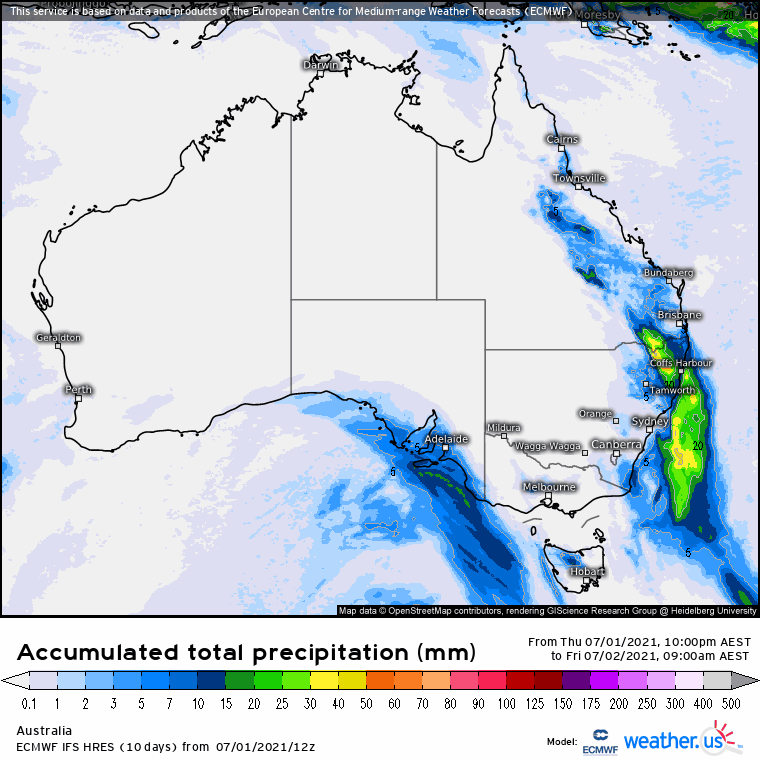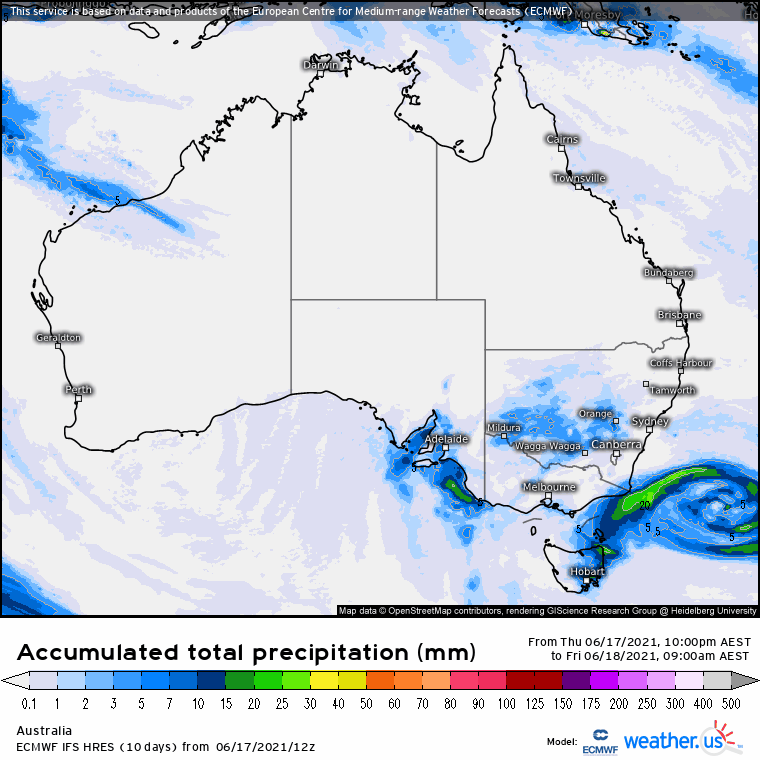The chart below shows a weak pulse of the MJO in Phase 3 coming towards Australia (Phases 4-6) and the Maritime Continent. The Phase index shows a weakening (inside the circle) and the possibility of the MJO re-strengthening (green line) moving outside the circle. However, cloudiness and moisture are still set to arrive at the end of May and the start of June - bottom charts, red arrows (MJO analysis courtesy NOAA). In particular, cloudiness seems concentrated over the eastern Australian mid-latitudes.
The Madden – Julian Oscillation (MJO) is a tropical disturbance that moves eastward around the global tropics every 30-60 days and has proven to influence rainfall and temperature conditions. The strength of the MJO may increase or decrease as it progresses eastwards, affecting the level of convection and influence both precipitation and temperature. The diagram below is used by scientists to track the path of the MJO showing predicted dates through various phases (see December MJO explainer). A short YouTube cartoon explaining the MJO can be found here



























